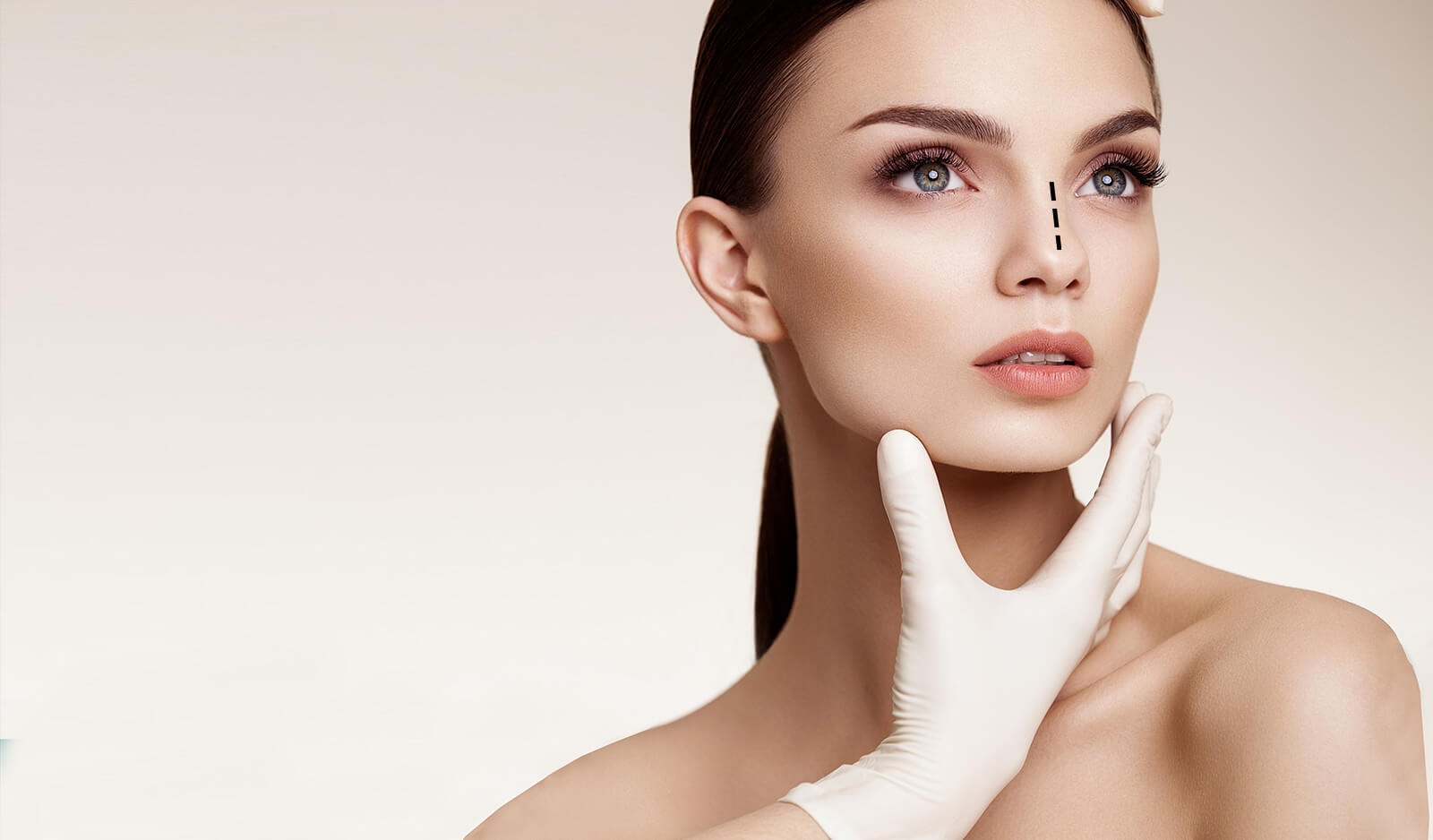Are you unhappy with the size or shape of your nose? Rhinoplasty surgery can offer a solution, but did you know there are different types of rhinoplasty procedures to choose from? From reducing the size of your nostrils to fixing a deviated septum, each type targets specific issues. But which one is right for you? In this blog post, we’ll explore the various types of rhinoplasty and help you determine which one will best suit your needs. So sit back, relax, and let’s find out how to achieve the perfect nose!
Table of Contents
What is Rhinoplasty?
Rhinoplasty, also called nose surgery, is one of the most common plastic surgery procedures. It can improve the appearance of your nose and help to correct a birth defect or injury. Rhinoplasty can also help to improve your breathing by correcting a deviated septum.
There are two main types of rhinoplasty: cosmetic rhinoplasty and functional rhinoplasty. Cosmetic rhinoplasty is performed to improve the appearance of your nose. Functional rhinoplasty is performed to improve your breathing by correcting a deviated septum.
If you are considering rhinoplasty, it is important to consult with a board certified plastic surgeon who has experience performing this procedure. During your consultation, your surgeon willevaluate your nasal anatomy and discuss your goals for surgery. Together, you will decide if rhinoplasty is right for you.
Different Types of Rhinoplasty
There are four main types of rhinoplasty: reduction, augmentation, reconstruction, and revision. Each type is suited to a different nose shape and desired outcome.
Reduction rhinoplasty is the most common type of surgery, and is performed to reduce the size of the nose. It can be used to correct a wide variety of nose shapes, including a bulbous or overly large nose, a crooked or asymmetrical nose, or a nose with a bump on the bridge.
Augmentation rhinoplasty is used to increase the size of the nose, and is often done in conjunction with reduction rhinoplasty. It can be used to add volume to a small or underdeveloped nose, or to correct facial symmetry.
Reconstruction rhinoplasty is performed when the Nose has been damaged due to injury or trauma. This type of surgery can restore both the function and appearance of the Nose.
Revision rhinoplasty is performed to correct issues that arise from previous nasal surgery. It can be used to improve breathing problems, address aesthetic concerns, or correct structural defects.
Pros and Cons of Each Type of Rhinoplasty
There are three main types of rhinoplasty: open, closed, and endonasal. Each has its own advantages and disadvantages that you should consider before deciding which is right for you.
Open Rhinoplasty:
Pros:
-Allows the surgeon to have a clear view of the inside of the nose, which results in greater precision
-An incision is made only on the outside of the nose, so there is no risk of damaging the delicate nasal tissues
-Creates a stronger overall structure because the cartilage can be directly manipulated
Cons:
-More visible scarring than with closed rhinoplasty
-A longer recovery period is needed because the incisions need time to heal properly
Closed Rhinoplasty:
Pros:
-No visible scarring because all incisions are made inside the nose
-Recovery time is shorter since there is no need for the incisions to heal properly before resuming activities
-There is less risk of damage to delicate nasal tissues because no external incisions are made
Cons:
-The surgeon’s view is obscured by the patient’s tissue, so precision may be compromised
-Because cartilage cannot be directly manipulated, this method may not be as effective for more complex surgeries
Endonasal Rhinoplasty:
Pros:
-Since all incisions are made inside

What to Expect During the Procedure?
Rhinoplasty, or surgery to reshape the nose, is one of the most common plastic surgery procedures. It can be performed to improve the appearance of the nose, correct a birth defect or injury, or help with breathing problems.
There are two main types of rhinoplasty: open and closed. In an open rhinoplasty, the surgeon makes an incision in the columella, the fleshy strip that separates the nostrils. This allows direct access to the underlying bone and cartilage. A closed rhinoplasty involves making incisions inside the nostrils.
The procedure usually takes 1-2 hours and is performed under general anesthesia. You will likely experience some swelling and bruising around the eyes, which should resolve within a week or two. Most people can return to work and other normal activities within 10 days.
If you are considering rhinoplasty, it is important to consult with a board certified plastic surgeon who has experience performing this type of procedure. They will be able to assess your specific goals and anatomical concerns to determine if rhinoplasty is right for you.
What Is Recovery Like After the Procedure?
Recovery after a rhinoplasty procedure is different for everyone. Most people report feeling some pain and discomfort for the first few days, which can be managed with medication. Swelling and bruising around the eyes is also common, and usually subsides within two weeks. It can take up to a year for the final results of the surgery to be visible.
Alternatives to Rhinoplasty Surgery
There are many reasons why someone might want to consider alternatives to rhinoplasty, or a nose job. Maybe they’re not ready for such a drastic change, or they’re worried about the potential risks and side effects. Whatever the reason, there are definitely some other options out there worth considering!
One popular alternative is non-surgical rhinoplasty, also known as a “liquid nose job.” This procedure uses injectable fillers to add volume and change the shape of the nose without any surgery required. It’s quick, relatively painless, and has much shorter recovery time than traditional rhinoplasty.
Another option is to get a custom-made silicone nose prosthesis. This can be an effective way to change the appearance of your nose without surgery, and it can be removed at any time if you decide you don’t like it.
If you’re not quite ready to make such a big change, you could also try something less permanent like using makeup or wearing glasses. There are lots of ways to contour your nose with makeup, and choosing the right pair of glasses can also help create the illusion of a different shape.
Of course, these are just a few possible alternatives to traditional rhinoplasty surgery. If you’re considering this type of procedure, be sure to speak with a qualified plastic surgeon to discuss all your options and find out what would
Conclusion
We have explored the different types of rhinoplasty and the best choice for you depends on your desired outcome. Whether you are looking to improve the appearance of your nose, reduce any breathing issues, or both, there is a suitable option available. It’s important that patients work closely with their doctor to discuss what type of rhinoplasty would be most beneficial for them before making any decisions so that they can get the results they desire.
You May Also Like:15 Celebrities Who Have Had Blepharoplasty (Eyelid Surgery)

